Large gaps between the baseboard and floor allow drafts, pests, and dirt to enter your home. These gaps are often caused by the settling of the house, improper installation, or the expansion and contraction of materials.
Quick fixes for smaller gaps include using caulk or wood filler to fill the space, while larger gaps may require trim pieces or shoe molding to cover and create a seamless look. Here, we will dive deep into step by step guide to fix large gap between baseboard and floor.
We have listed various quick fixes, from using caulk or wood putty to installing transition strips or shoe molding. We will also discuss more extensive options like replacing the baseboard or adding an add-on base. Additionally, we’ll touch on factors like building codes and the cost of repairing the gap. So sit back, relax, and get ready to say goodbye to that annoying gap.
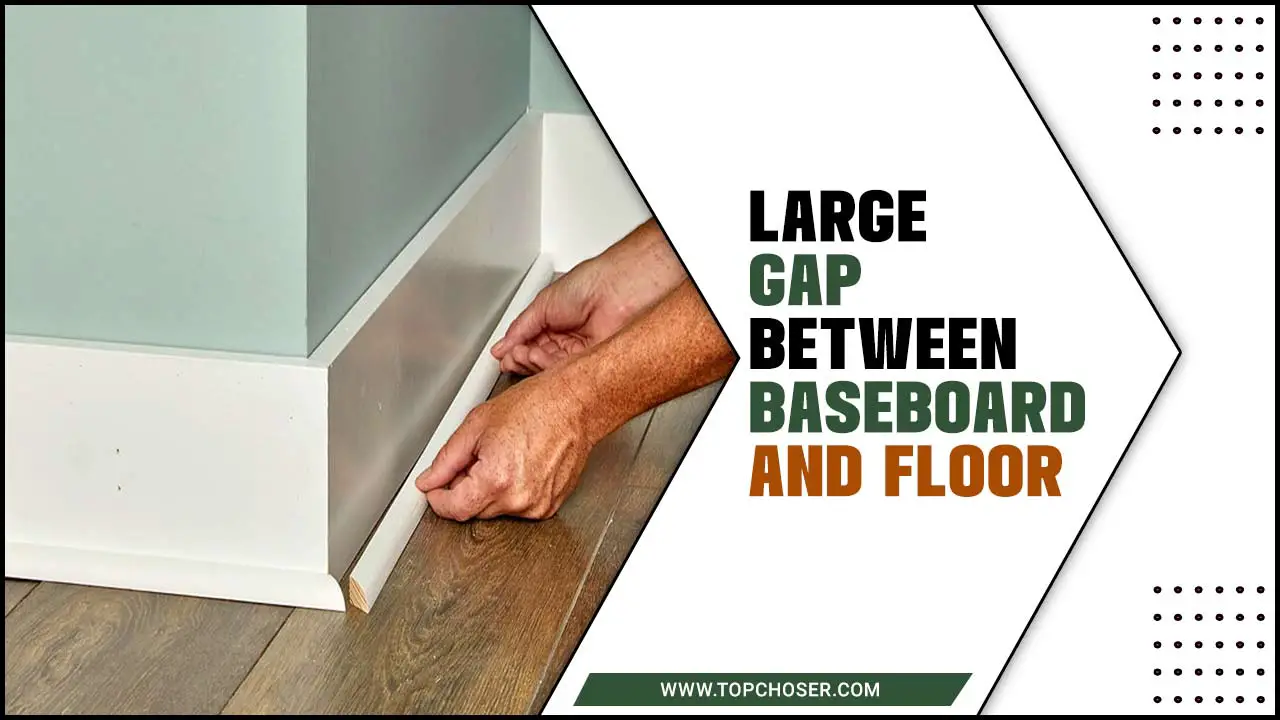
The Large Gap Between Baseboard And Floor – Full Fixing Process
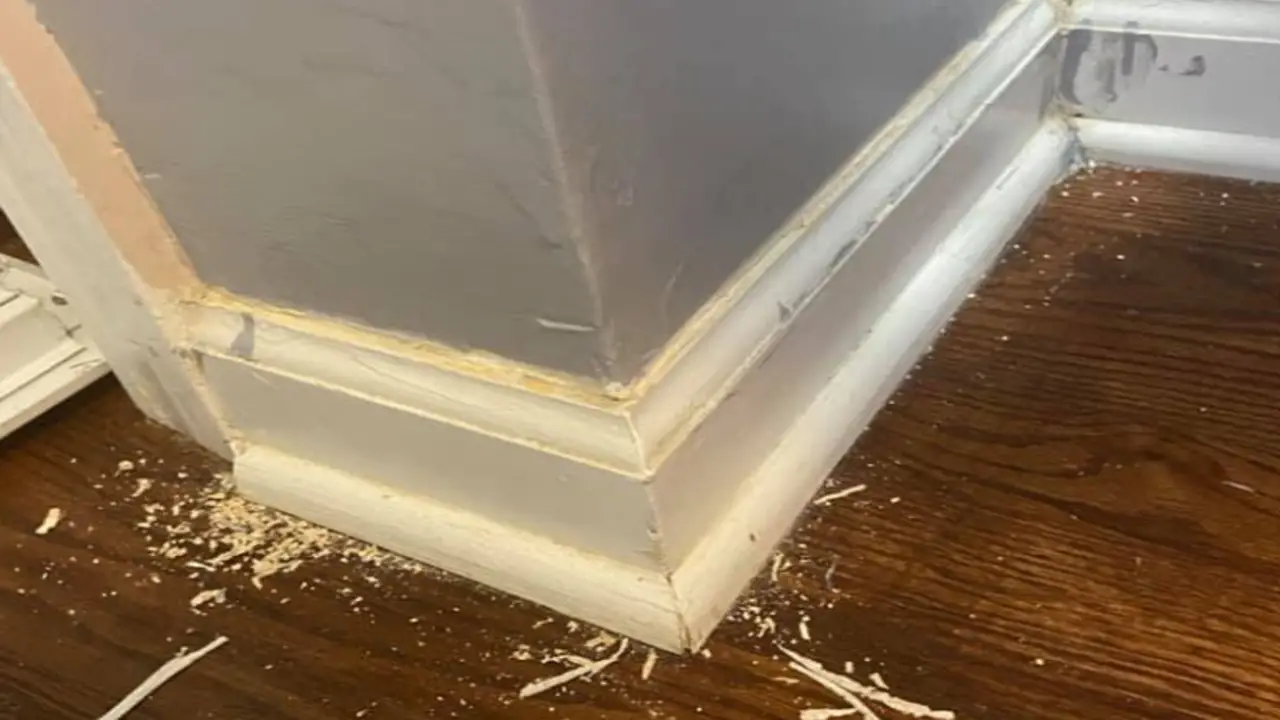
Large gaps between baseboards and floors can result in drafts and energy loss, leading to higher heating and cooling costs. Additionally, these gaps provide an entry point for pests and insects into your home. From an aesthetic perspective, a large gap can be unattractive and diminish the overall appearance of your room. Here we guide you to fix large gap between baseboard and floor.
1.Measure The Gap
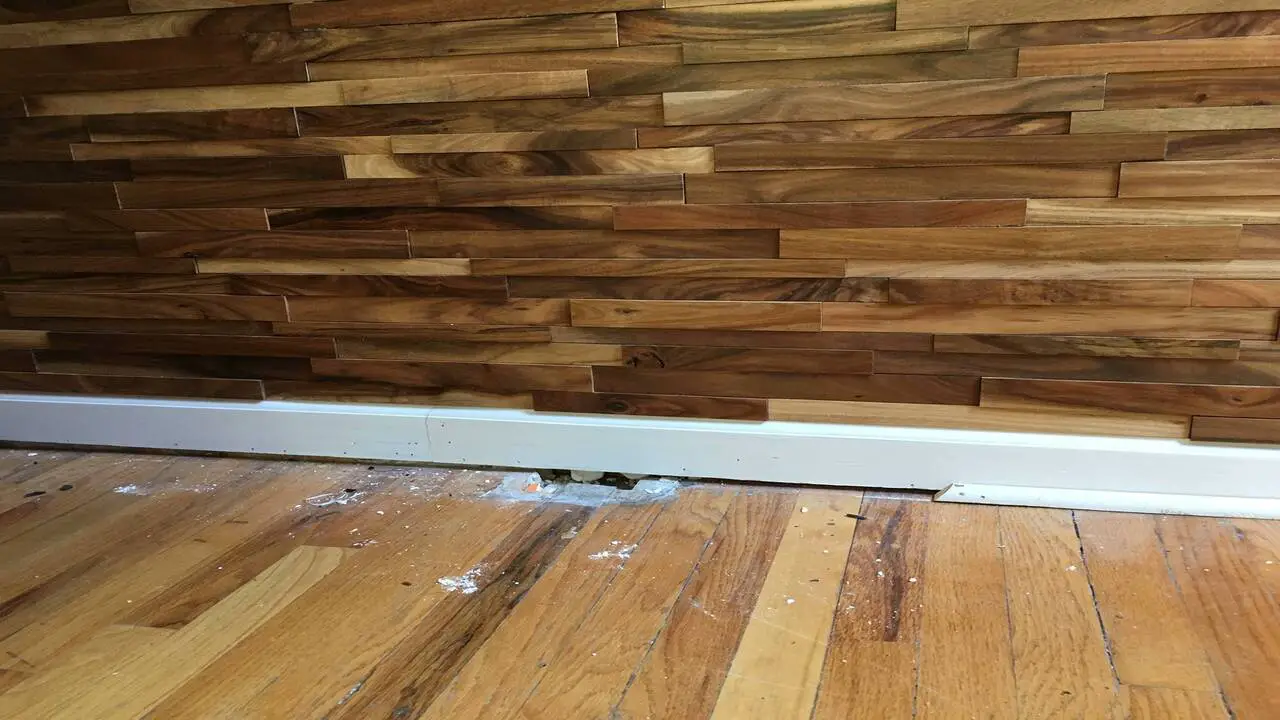
To fix the large gap between the baseboard and floor, start by measuring the gap size. If the gap is less than 1/4 inch, you can use caulk or wood filler for the repair. A combination of caulk and additional materials, such as foam insulation or trim molding, may be necessary for larger gaps. Clean the area around the gap before applying caulk or wood filler, smoothing it out with a putty knife or finger. If using foam insulation, cut it to size and press it into the gap before applying caulk or wood filler.
2.Repair With Caulk Or Wood Putty
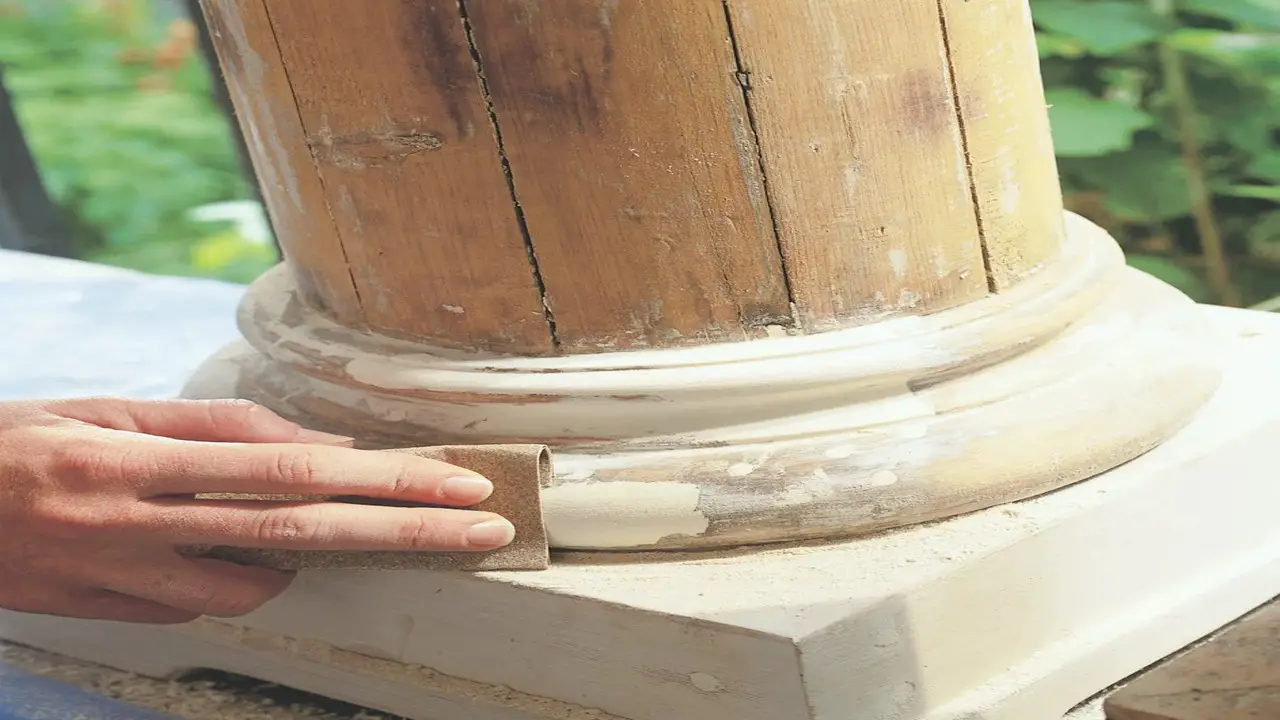
If you have a large gap between your baseboard and floor, one solution is to use caulk or wood putty. Caulk is a flexible material that can be easily applied and smoothed into the gap. It can also be painted to match the color of your baseboard. Wood putty, on the other hand, is a thicker substance that can fill larger gaps.
It can be shaped and sanded to create a seamless appearance. Before applying either caulk or wood putty, clean the area and remove any debris or old caulking. Allow the caulk or wood putty to dry completely before painting or finishing the baseboard for a professional-looking repair.
3.Install A Transition Strip
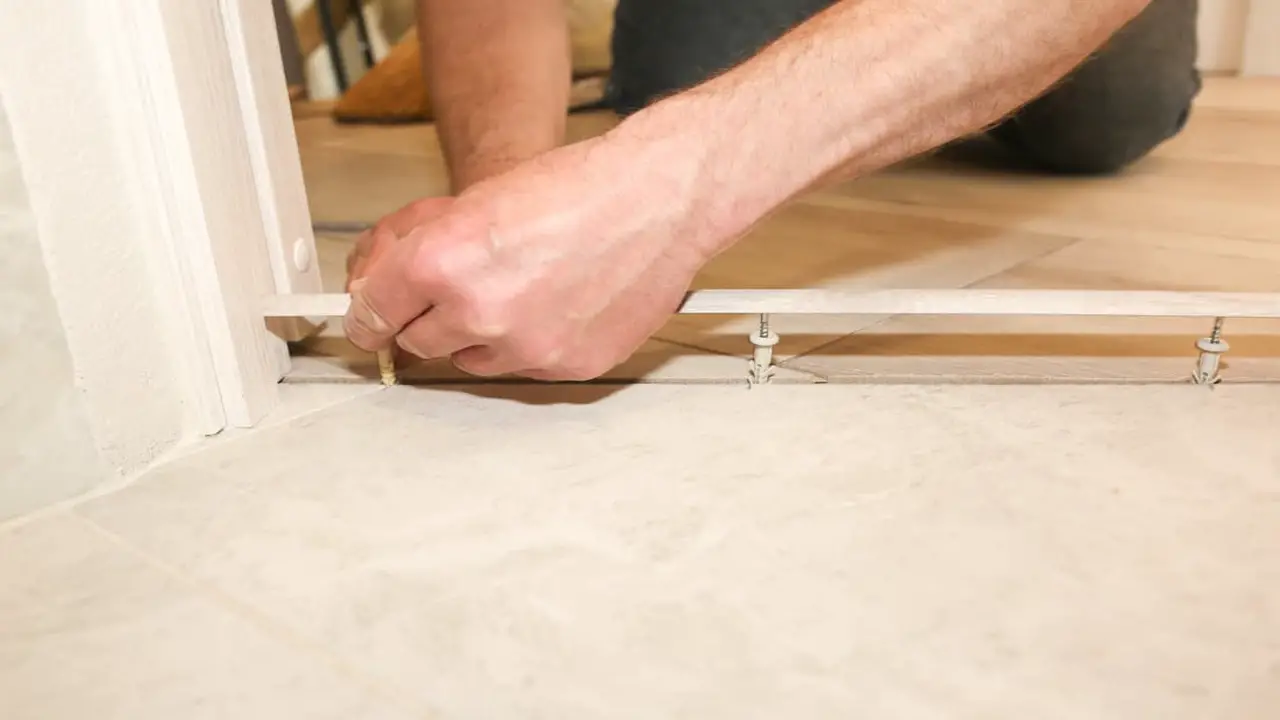
Consider installing a transition strip to cover a large gap between the baseboard and the floor. Begin by measuring the width of the gap and purchasing a transition strip that is wide enough to cover it. Cut the strip to the appropriate length using a saw or utility knife.
Apply adhesive to the back of the strip and press it firmly into place over the gap. If needed, use a hammer and finishing nails to secure the strip. This installation will create a smooth and seamless transition, effectively hiding gaps.
4.Add Shoe Molding
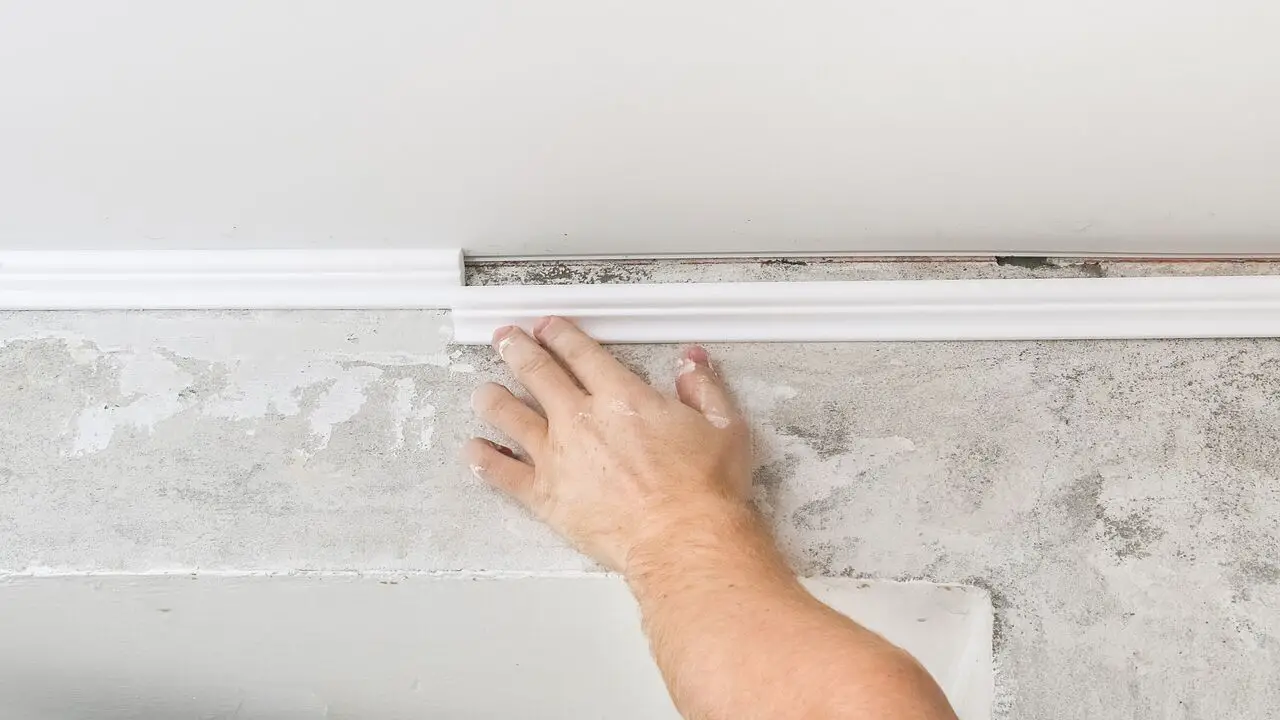
One solution to address a large gap between the baseboard and floor is to incorporate shoe molding. This thin strip of wood can be attached to the baseboard to cover the gap effectively. Before installation, measuring and cutting the shoe molding to the appropriate length is important.
Cut corners at a 45-degree angle using a miter or coping saw to ensure a seamless appearance. Then, secure the shoe molding to the baseboard using finishing nails or adhesive. Fill any nail holes or gaps with wood filler, sand it down, and paint or stain the shoe molding to match the baseboard for a polished look.
5.Install A Quarter Round
Consider installing a quarter-round to fix a large gap between the baseboard and the floor. This small, curved piece of molding can be attached to the baseboard using adhesive or nails. It effectively covers up any gaps and creates a more polished appearance.
Before installation, ensure the area is clean by removing debris and old caulking. Then, measure and cut the quarter round to fit the wall length. Attach it securely using appropriate tools and materials. Installing a quarter-round lets you quickly address the gap and achieve a finished look.
6.Replace The Baseboard
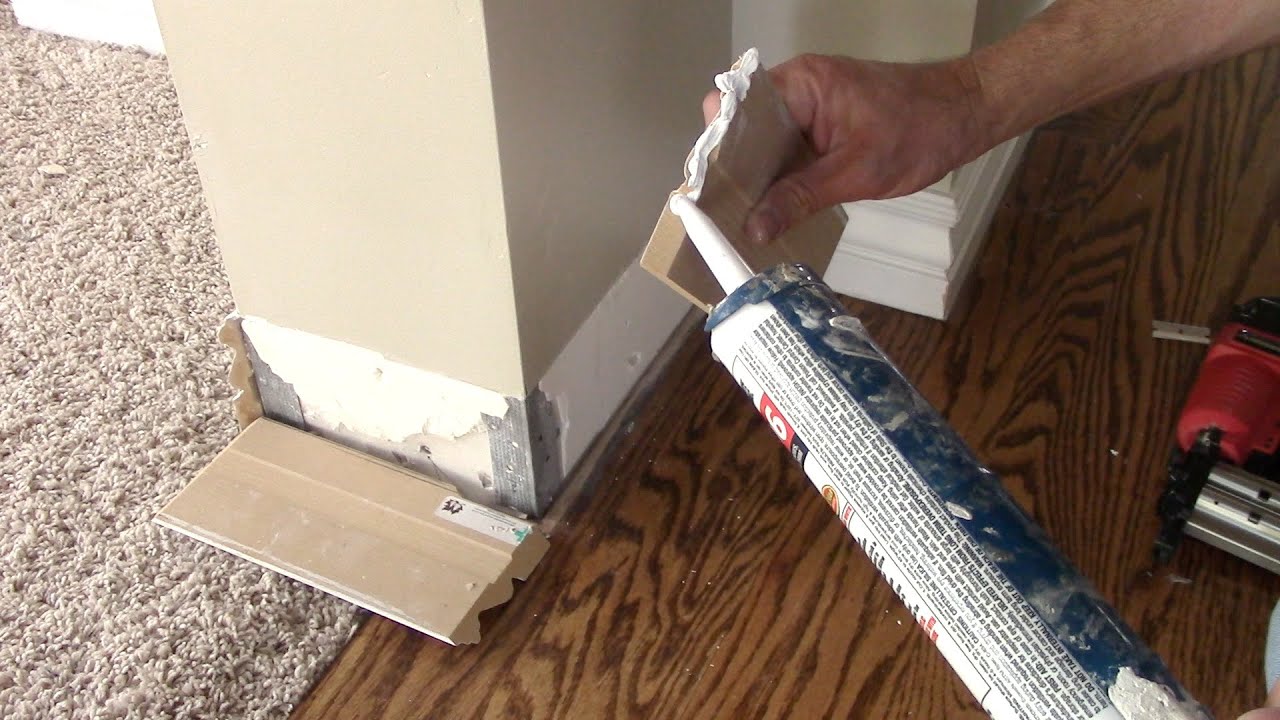
One effective solution for a significant gap between the baseboard and floor is to replace the baseboard entirely. Begin by removing the old baseboard using a pry bar or putty knife. Next, measure the necessary length for the new baseboard and cut it to size with a mitre saw.
Apply adhesive to the back of the baseboard and firmly press it against the wall, ensuring alignment with the floor. Secure the baseboard with finishing nails, spacing them every 12-16 inches. To finish, fill any nail holes or gaps with wood filler, sand it down, and paint or stain the baseboard to match your existing trim.
7.Consider An Add-On Base
Consider using an add-on base to bridge the gap between your baseboard and floor. This simple and affordable solution allows you to cover gaps without the need to remove or replace the entire baseboard. To get started, measure the gap size and cut the add-on base accordingly.
Attach it securely with adhesive or small nails, ensuring it aligns flush with the existing baseboard. Finally, sand and paint the add-on base to match the color of your baseboard, creating a seamless and aesthetically pleasing finish.
8.Use Trim Strips
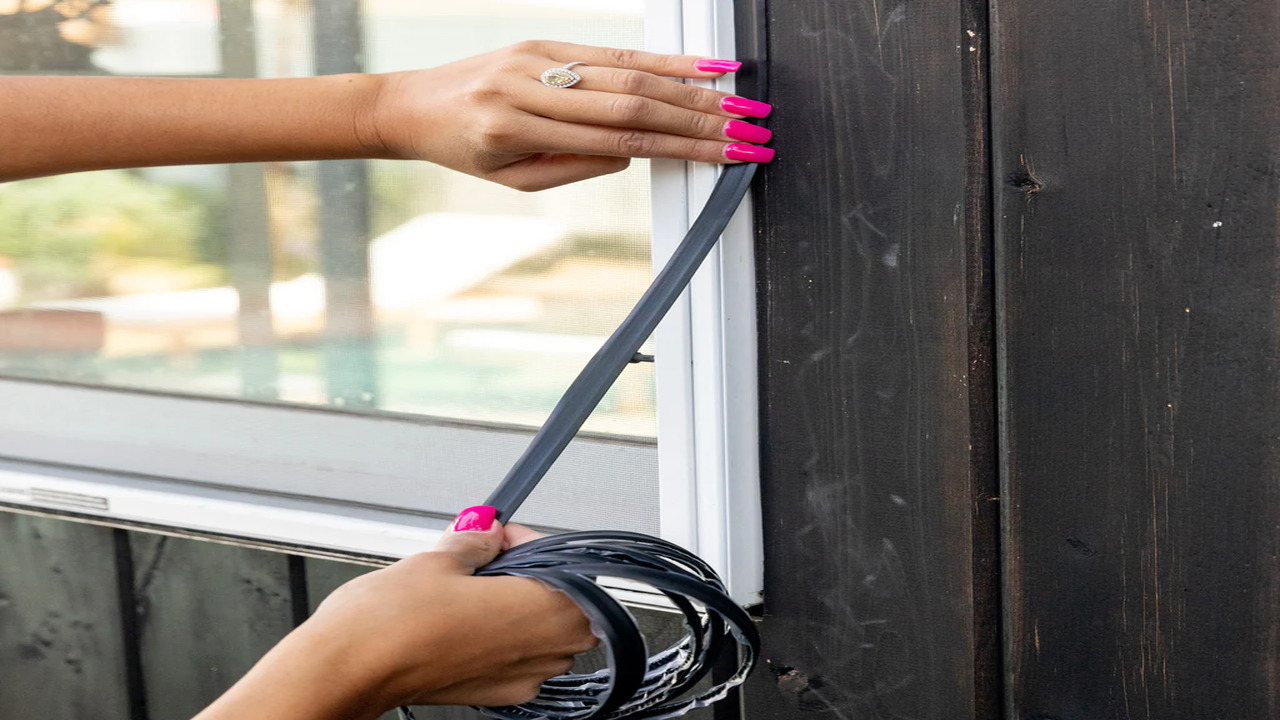
Trim strips, thin pieces of wood or plastic, offer a convenient solution for filling large gaps between the baseboard and floor. You can easily cover the gap by measuring the width of the gap and cutting the trim strip to size.
Applying adhesive to the back of the trim strip ensures a secure attachment, creating a seamless look. For further customisation, consider painting or staining the trim strip to match the baseboard. With trim strips, fixing those unsightly gaps becomes a quick and affordable task, avoiding the need for extensive repairs or replacement.
9.Check Building Codes
Checking local building codes and regulations is crucial before attempting any fixes for large gaps between baseboards and floors. Depending on the size of the gap, various solutions like caulking, quarter-round molding, or a flexible gap filler can be used.
While caulking is suitable for small gaps, it may crack over time in larger gaps. Quarter-round molding offers an aesthetically pleasing solution for uneven floors or larger gaps. Another option is a flexible gap filler that adapts to different gap sizes and provides a seamless finish.
Cost Of Repairing The Gap
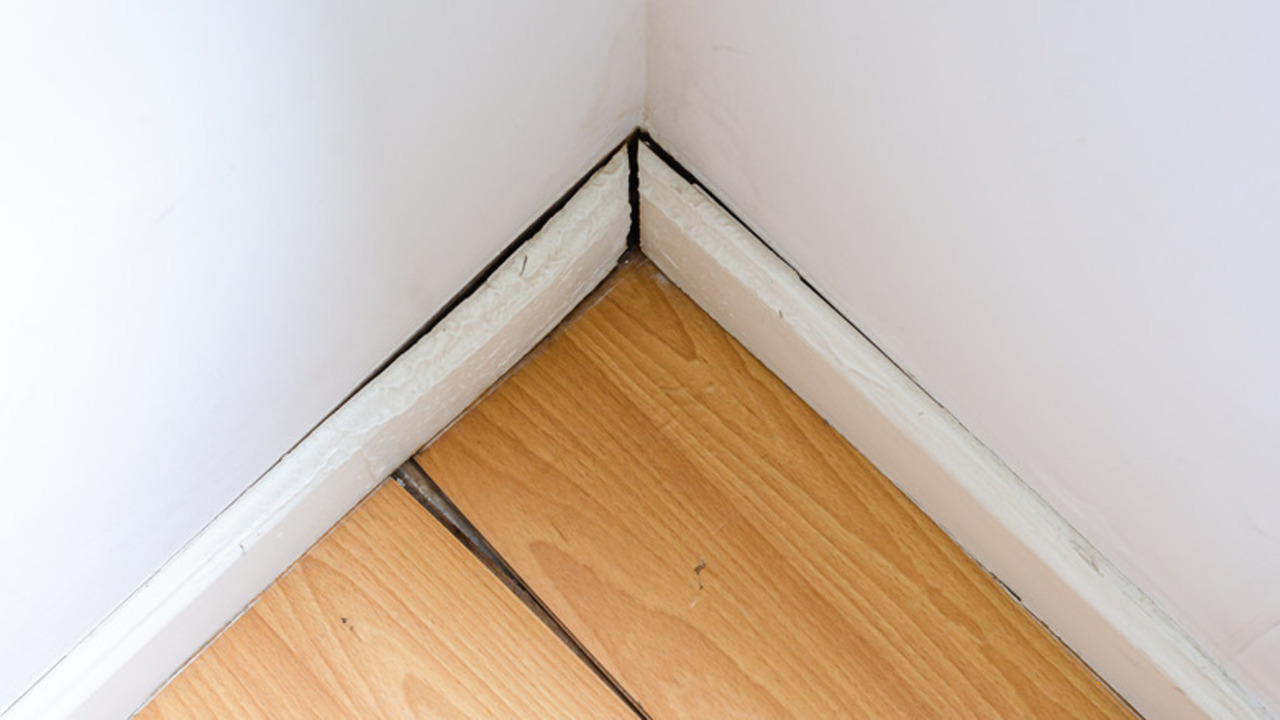
Repairing a large gap between the baseboard and floor can vary in cost depending on the cause and materials needed. If the gap is due to settling or shifting of the house, professional help may be required to fix the underlying issue, making it more expensive.
However, if the gap is simply due to poor installation or an uneven floor, it can be a relatively affordable DIY fix with caulk or filler material. It’s important to assess the severity of the gap and consult with a professional for the best approach and estimated costs.
Tightening The Screws On The Baseboard
To address a large gap between the baseboard and the floor, one quick fix is to tighten the screws holding the baseboard in place. Over time, these screws can loosen, causing the baseboard to pull away from the wall and create a gap.
Using a screwdriver or drill, locate and tighten the screws until they are snug against the wall. Take caution not to overtighten, as this may cause damage. After tightening all the screws, check if the gap has reduced, repeating the process for any remaining gaps if necessary.
Sanding Down The Gap Between The Baseboard And Floor
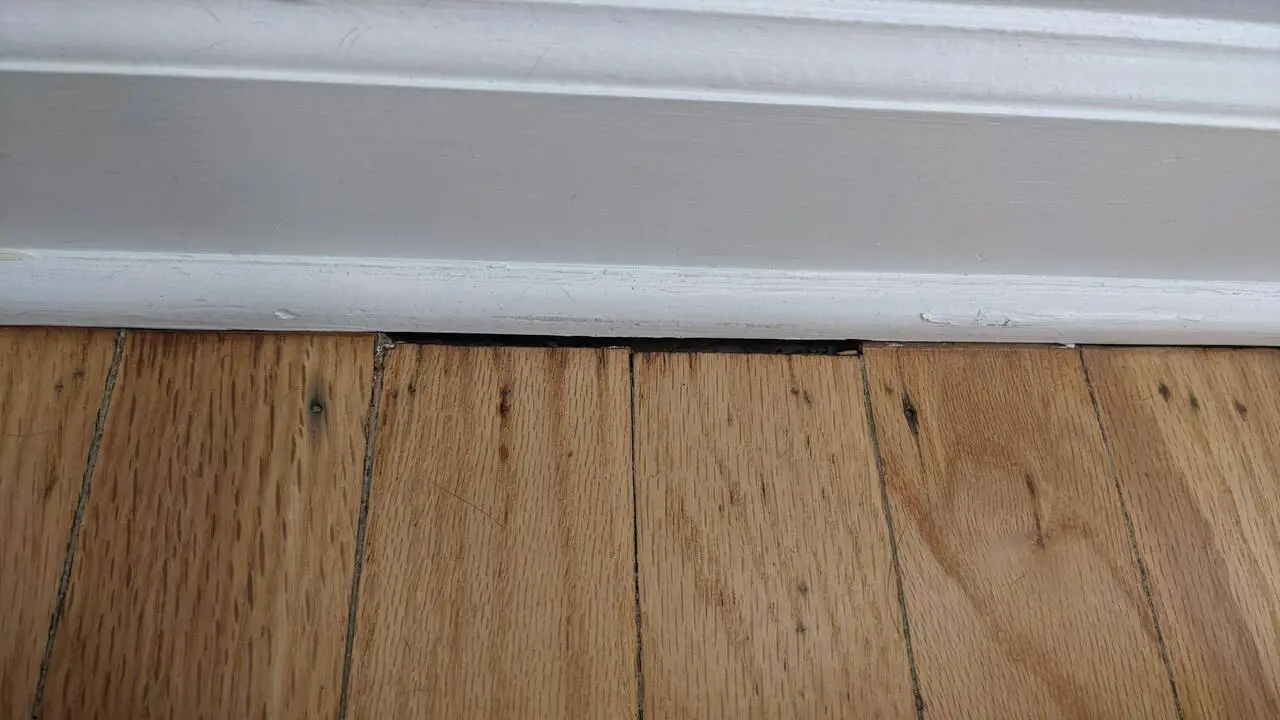
Sanding down the gap between the baseboard and the floor is a practical solution to address a large gap. To begin, ensure that you remove any debris or dirt using a brush or vacuum. A sanding block or sandpaper is used to gradually sand down the gap, working on small sections simultaneously.
Don’t overspend, as it could damage the baseboard or floor. After sanding, fill any remaining gaps with wood filler or caulk using a putty knife, then smoothen it with your finger or another putty knife. Let the filler dry completely before painting or staining the baseboard and floor.
Fixing The Gap With A Wood Filler
To fix a large gap between the baseboard and floor, you can use a wood filler for a seamless appearance. Start by clearing any debris or loose material from the gap and then apply the wood filler using a putty knife, ensuring to fill the entire gap.
Following the manufacturer’s instructions, smooth out the filler with the putty knife and let it dry. Once dry, sand down any rough edges or excess filler for a smooth finish. This method improves the appearance and helps prevent drafts and pests from entering your home.
Fixing The Gap With An Adhesive
An adhesive can fix a large gap between the baseboard and floor. Begin by cleaning the area and removing any debris or old caulk. Choose an adhesive suitable for both wood and flooring materials. Apply a thin bead of adhesive along the gap using a caulking gun or brush. Smooth the adhesive with a putty knife or your finger to ensure it fills the gap. Wipe away any excess adhesive with a damp cloth before it dries.
Contacting A Professional To Fix The Gap
If the gap between the baseboard and floor is too large for DIY fixes, it’s recommended to contact a professional for assistance. Professionals have the knowledge and expertise to assess the situation and determine the best approach to fix the gap.
They may suggest removing and reinstalling the baseboard properly or using a filler material like silicone caulk to fill in the gap. Hiring a reputable professional with experience in baseboard installation and repair ensures that the job is done correctly. The cost of hiring a professional will vary depending on the gap size and the repair’s complexity, but it’s worth investing in their services to ensure a proper fix.
Conclusion
To ensure a seamless and polished look in your home, it is important to address and fix any large gaps between the baseboard and floor. Not only does this improve the aesthetic appeal, but it also prevents dust, dirt, and pests from entering your living space.
There are several quick fixes that you can try to close the gap, depending on the severity and your budget. There are solutions for every situation, from using caulk or wood putty to installing transition strips or adding shoe molding.
Consider the cost of repairing the large gap between baseboard and floor and whether you have the skills and tools necessary for a DIY approach. If not, don’t hesitate to contact a professional who can efficiently fix the issue.
Frequently Asked Questions
[rank_math_rich_snippet id=”s-4072d08b-1105-47eb-9659-f3638eec61e0″]

I am passionate about home engineering. I specialize in designing, installing, and maintaining heating, ventilation, and air conditioning systems. My goal is to help people stay comfortable in their homes all year long.
